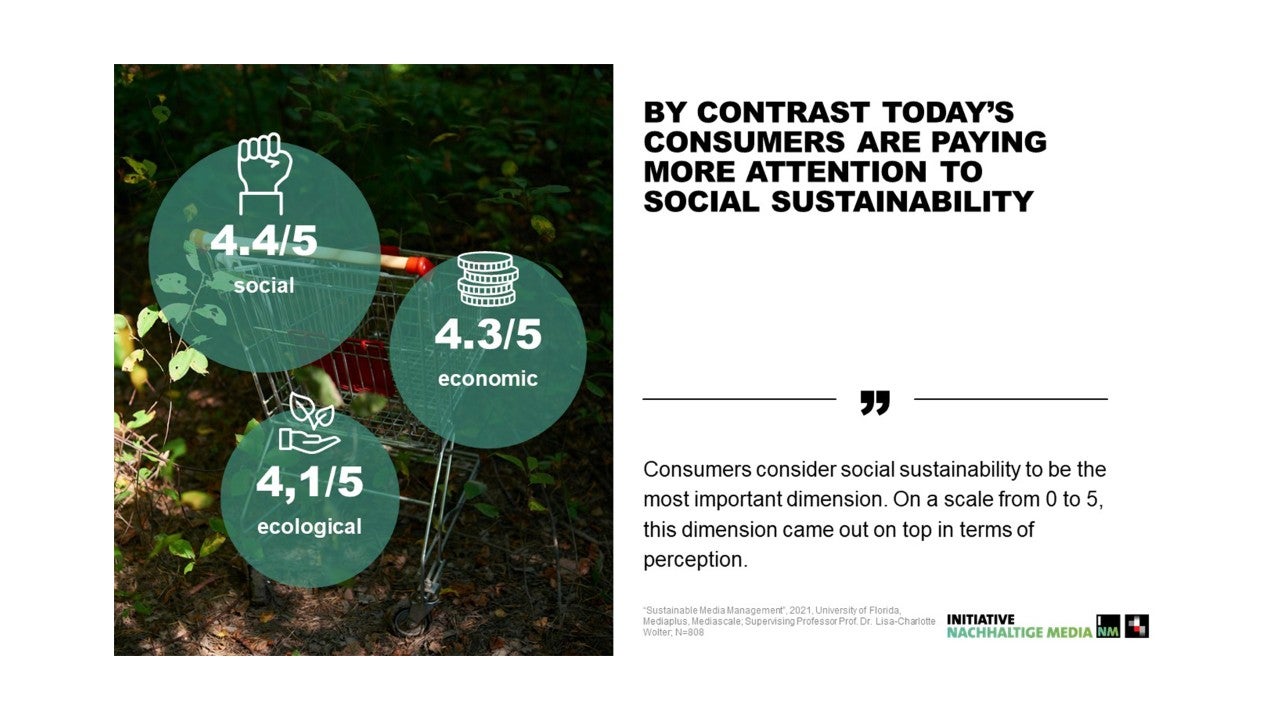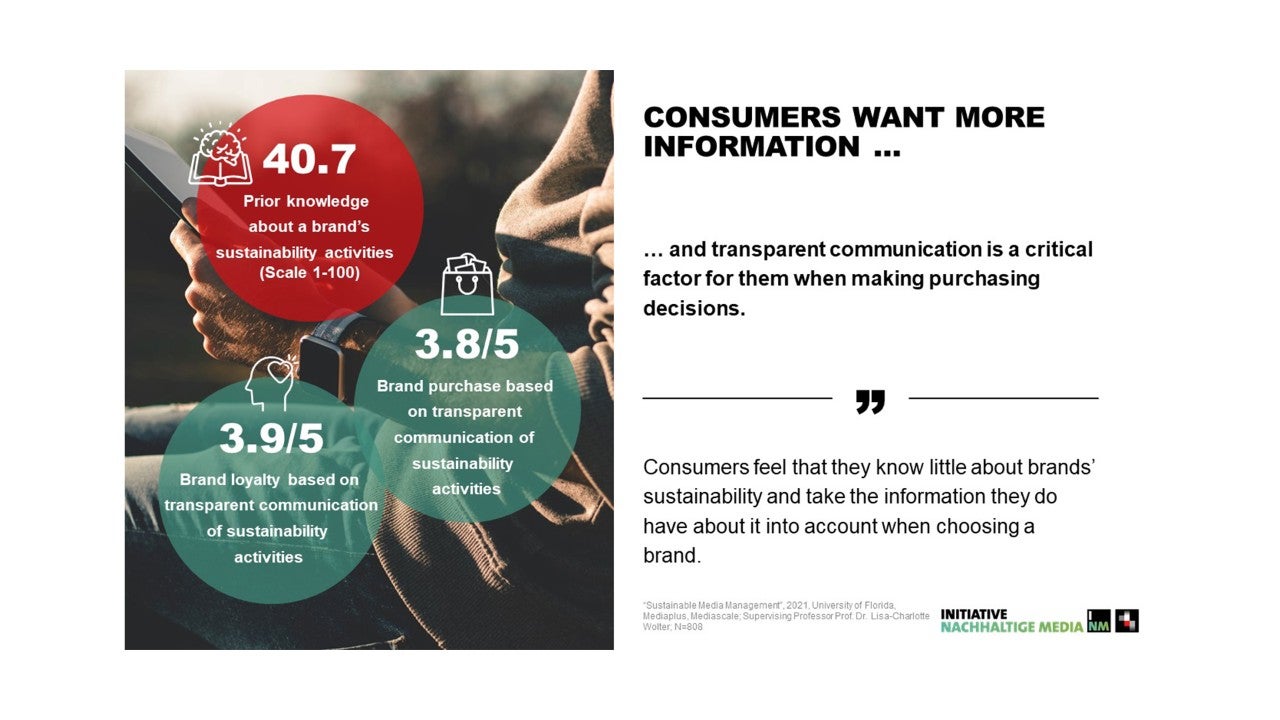
From 'Nice to Have' to 'Must Have'
The past few months have shown how important sustainability has become – especially for marketers.
Sustainability and climate protection are ubiquitous today. According to a YouGov survey, over 70% of Germans say that they are worried about climate change in some way. Sustainability movements – initially ridiculed by many – has raised public perception of climate change to a new level and made both politicians and society appreciate the urgency of the problems. The Covid-19 crisis has increased awareness because many people see a connection between how we treat the environment and the pandemic itself.
At the same time, media attention has increased. There are now a large number of TV formats that deal primarily with this topic. If you want podcasts on climate change, you can quickly find what you are looking for on Spotify. Documentaries produced in-house by streaming services such as Netflix and Disney Plus are bringing the terrifying reality of climate change vividly to our attention.
A look at the financial markets also quickly shows how important the topic has become. Investments in funds with a green focus are skyrocketing. And when Larry Fink, CEO of Blackrock, the world’s largest asset manager, announces that “climate protection has top priority” and that he no longer sees a future for companies without a sustainability strategy, it’s a very clear rallying call.
Consumers are increasingly concerned about the sustainability of products, especially when buying groceries. On average, around half of an individual’s carbon footprint is created by the purchase and consumption of consumer goods and groceries. Sustainable consumption can therefore make an important contribution to environmental protection. But what is sustainable consumption anyway? Above all, it means buying more consciously, being more aware and keeping an eye on your own CO2 balance.
For consumers, ecological sustainability is now as highly relevant as economic and social sustainability. This is shown, among other things, by the study Sustainable Media Management carried out by Mediaplus and the University of Florida, which received the EMMA Best Paper Award.

Mapped onto consumption, for example, this would mean plastic-free packaging, second-hand clothing and fair-trade products. As a result, aspects of sustainability are also becoming more visible in advertising. More and more campaigns refer to the products’ regional origin or climate neutrality.
Labels and certificates are intended to give guidance – even if consumers cannot always work out exactly what they mean. For example, over 40 per cent of consumers describe themselves as uninformed when it comes to brands’ sustainability activities. Transparent communication about sustainability activities would not only increase brand loyalty among the majority of consumers, it would also increase their willingness to buy.

In the case of sustainable purchase decisions, however, a discrepancy between attitude and behaviour is often visible, the so-called “attitude–behaviour gap”. People say that aspects of sustainability are important to them when buying, but ultimately they act differently at the point of sale, partly because they are unwilling to pay any extra, because they don’t know to what extent the products actually are sustainable, or simply because the products don’t appeal to them.
Sustainability is probably today’s hot topic and is gaining relevance even when shopping – job done. But there remains one aspect among many that persuade consumers to buy a product. The “green consumption” mentioned in the title remains a myth. Consumers who only act and buy green in the sense of sustainable do not exist as such.
This is precisely why it is important for brands to analyse their target groups in depth and develop different gradations. Sustainable buyers are not all the same. They range from the mainstream, who occasionally buy organic products on offer, to people who are actively involved and who care about environmental protection. The motivators and triggers when buying products with an element of sustainability are different for these two groups. The significant differences appear primarily with regard to attitudes and lifestyle. One’s willingness to “do without” is a good indicator on this point. Limiting one’s personal consumption to protect the environment is much more difficult for the mainstream.
What does this mean for brands? Sustainability is no longer a “nice to have”, but a “must have”. It is crucial that consumers perceive and understand brands’ activities. Brands should make it as easy as possible for people to make sustainable purchasing decisions. Even if many companies are not yet completely green, it is worth taking customers along on the journey. Above all, information and transparency are required in order ensure sustainable success.
Further details and the "Sustainable Media Management" study are available to download here.
Author: Dominik Kropp, Head of Knowledge Management Mediaplus Insights
Interested in more content?
Back to Issue #6








